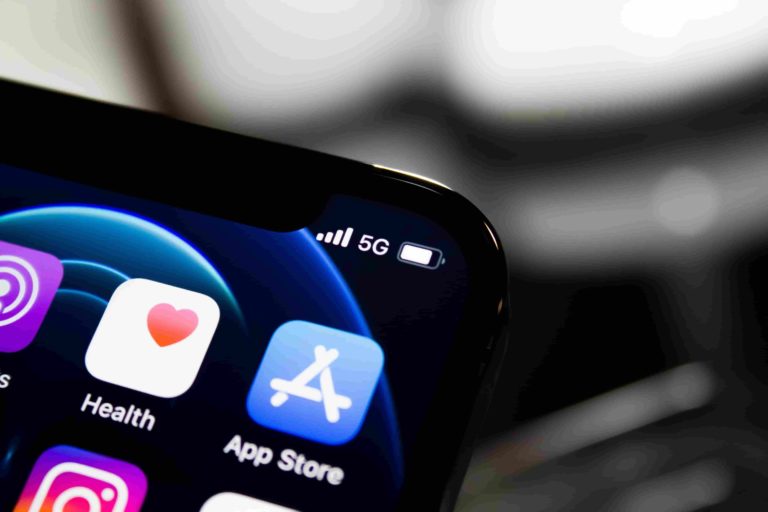
Industry rhetoric about AR’s world-changing status sometimes outweighs evidence that it’s captivating consumers today. Though we see some signals, such as lens engagement figures from social AR players, we’re often flying blind when it comes to consumer AR sentiment.
Looking to fill that gap, AR Insider’s research arm ARtillery Intelligence has completed Wave 8 of its annual consumer survey report. Working with consumer survey specialist Thrive Analytics, it wrote questions to be fielded to 52,000+ U.S. adults and produced a report based on the results.
Among the topics: How is mobile AR resonating with everyday consumers? How often are they using it? How satisfied are they? What types of experiences do they like most? How much are they willing to pay for it? And for those who aren’t interested in mobile AR….why not?
After the last installment of this series looked at mobile AR’s satisfaction levels among users, we now move on to another area of the survey: price sensitivity. How much are consumers willing to pay for mobile AR apps and experiences? The answer can help guide pricing strategies.
Price Elasticity
An important question in mobile AR is who pays for it? Because it’s early and unproven, consumers largely aren’t buying AR experiences. Instead, as we often say in our reports & analysis, most mobile AR is brand-sponsored (e.g., sponsored lenses) versus user-purchased.
But we still wanted to see how much consumers are willing to spend on mobile AR apps and experiences. The answer differs between existing users and non-users. Starting with users, 51 percent would pay $1.00 or more for AR apps. And 13 percent will pay $5.00 or more.
These results represent strong demand signals, considering price elasticity in the broader mobile app universe. We attribute this to the same factors explored in the last installment regarding AR satisfaction. High satisfaction with AR logically correlates to more willingness to spend.
Going deeper, the most popular price point (23 percent) is tied between the $1.00 to $3.00 range and in-app purchases (IAP). The latter involves free-to-play apps that offer optional purchases throughout the experience – the most popular example historically being Pokémon Go.
Though Pokémon Go has waned in popularity to a degree, IAP’s popularity is due to its low barriers to adoption. Given AR’s early and unproven state, as noted, free apps with optional in-app purchases are an easier sell. That’s why non-AR users like them too, which we’ll get into next.
Never Say Never
That brings us to how much non-users are willing to spend on AR? 13 percent would pay $1.00 or more, while 4 percent would pay $5.00 or more. This is a big difference from the AR user sentiments above, where (again) 51 percent will pay $1.00+ and 13 percent will pay $5.00+.
More worrisome is that the greatest share of non-user respondents (52 percent) is unwilling to pay any amount for mobile AR experiences. But this stands to reason given that – as we’ll examine in a future installment of this series – most non-users are definitively uninterested in mobile AR.
However, one positive signal from non-users is that 30 percent would consider in-app purchases as teased above. Along with current-user sentiments towards IAP, this indicates that in-app purchases should be considered to address the largest range of consumer affinity groups.
Why is all of this important? Both AR users and non-users represent personas that AR developers must reach. Users are an easier target… though they’re fewer in number. Non-users raise adoption challenges but they could represent AR’s future – and more populous – user base.
We’ll pause there and pick things up in the next installment with more consumer survey results and insights…
